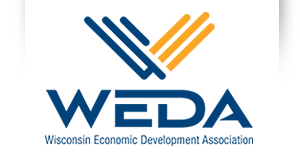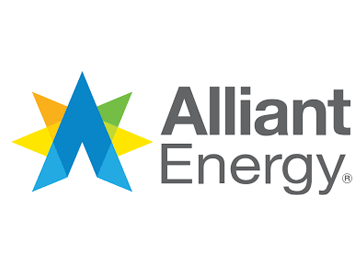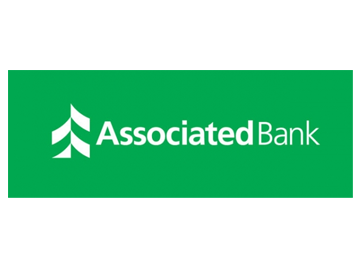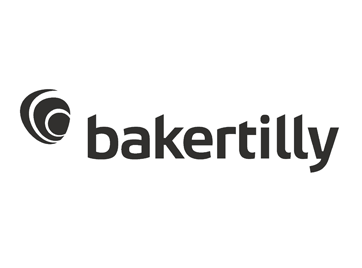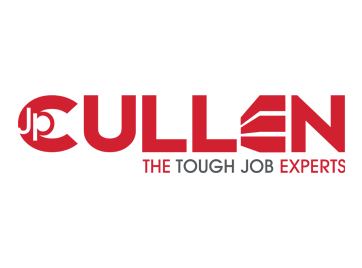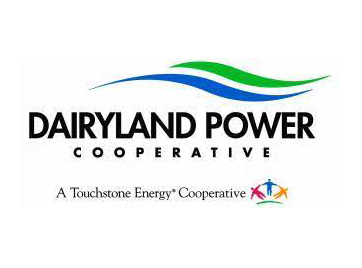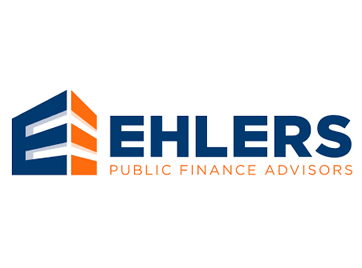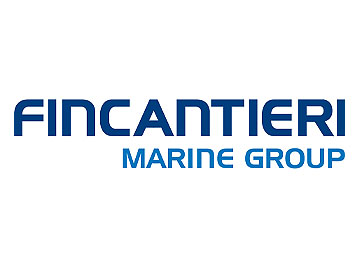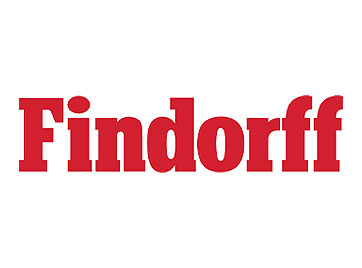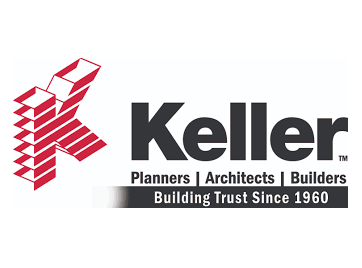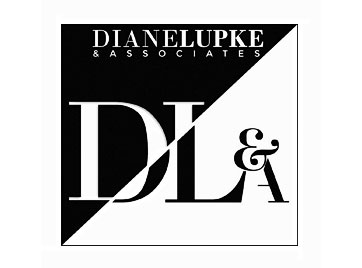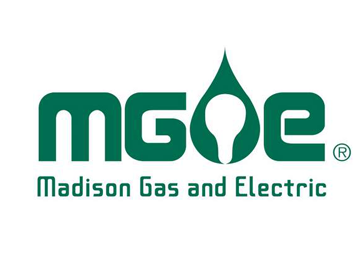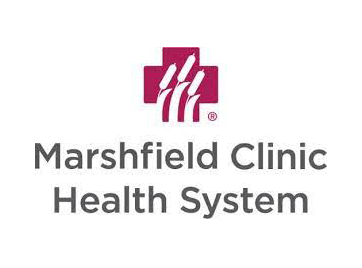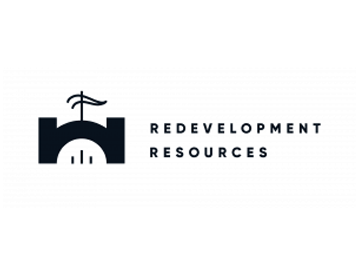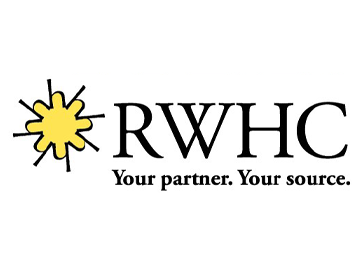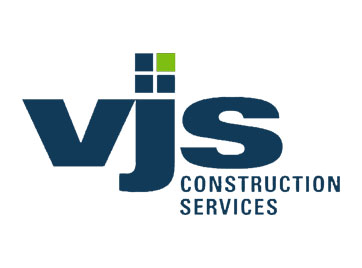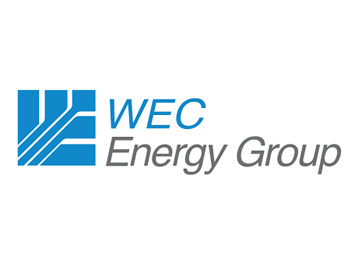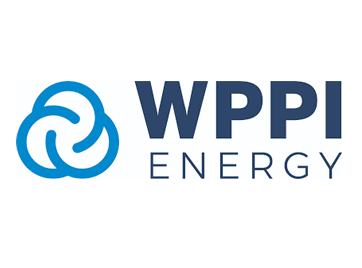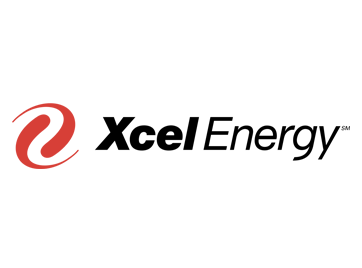WEDA Education Center: Vapor Intrusion – A Manageable Risk
Submitted by WEDA member The Sigma Group, Inc.
You’ve probably read in the paper about contaminant [harmful] vapors causing serious issues for redevelopment projects, with a few notable projects in the Milwaukee area where tenants had to be moved out of their apartments until the vapor risk could be properly addressed.
Risk to human health occurs when potentially harmful vapors or gases enter and accumulate within buildings. Current regulatory policy is directed at these frequently encountered volatile organic chemicals:
- Dry cleaning solvent (tetrachloroethylene, aka Perc);
- Chemicals for paint thinning and degreasing (commonly trichloroethylene, petroleum naptha, mineral spirits, xylene & toulene); and
- Ingredients in Petroleum based fuels (including benzene and naphthalene).
In addition to chlorinated solvent and petroleum vapors, methane can be produced in the subsurface from buried organic material including waste (municipal refuse or industrial byproducts) and/or naturally occurring organic deposits (for example former water bodies and wetlands). Radionuclides, most notably radon, can also be present within native soil at concentrations requiring active mitigation.
It is critical to a successful redevelopment project to effectively and efficiently identify and manage potential risk through a systematic approach:
- Evaluate and define the potential risks through investigation of the site’s history and current conditions.
- Develop an appropriate source reduction/remediation and vapor mitigation strategy that dovetails with existing building conditions, adaptive reuse, and/or new construction.
- Implement and document the remediation and mitigation system installation.
- Commission the mitigation system(s) to demonstrate effectiveness to building occupants and regulators.
- Implement long-term monitoring (including continuous remote monitoring, where appropriate) and system maintenance ensuring effective mitigation, risk management, and regulatory compliance.
Sigma has decades of experience evaluating and addressing vapor intrusion concerns at existing facilities and new developments for residential, commercial, retail, industrial, healthcare, and public/governmental entities. In addition, Sigma is currently one of the WDNR’s Vapor Intrusion Zone Contract Consultants—keeping us up to date on the latest technologies and policy decision making.
We’d welcome the opportunity to talk about potential vapor intrusion conditions as you evaluate redevelopment opportunities in your community. Feel free to call us to learn more about Vapor Intrusion and to discuss your situation at (414) 643-4200.
